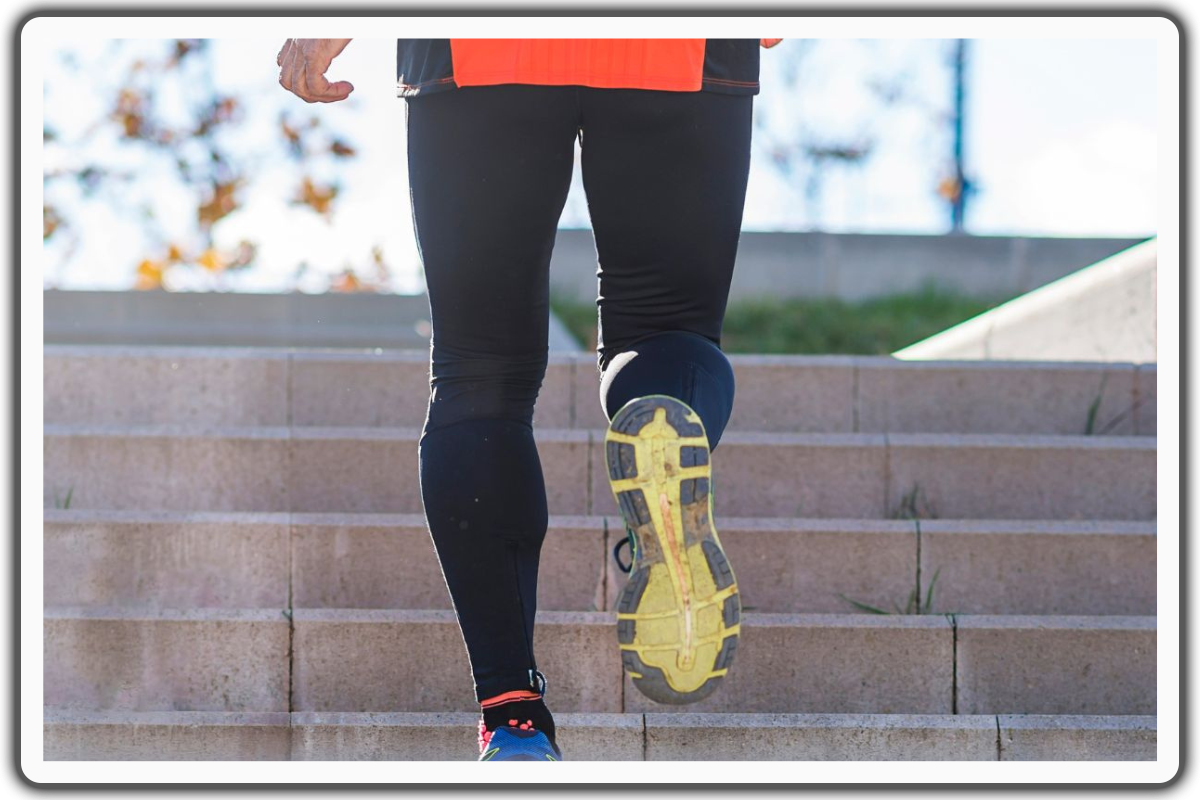
How Can You Maximize Strength and Tone with Step Ups for Glutes?
Ready to transform your fitness routine? Strong glutes are key for optimal posture, stability, and overall strength. Discover how step ups, a versatile and effective exercise, can build and then tone your glutes while improving your everyday movements.
Primary muscles targeted by step ups.
- Glutes (Buttocks): These are the main drivers in the step up exercise, powering your ascent and enhancing the strength and contour of your buttocks. Exercises like quadruped hip extensions, step-ups, and lunges [¹] were found to significantly increase muscle activation in the gluteus medius, more so than traditional squats.
- Quadriceps (Front of Thigh): These muscles support the lift and straighten the knee, crucial for improving leg strength and endurance during step ups.
- Hamstrings (Back of Thigh): They assist in bending the knee and stabilizing your movements, essential for balanced muscle development with step ups.
- Calves (Lower Leg): Active during the push-off phase of step ups, these muscles help develop strength and agility in the lower legs.
- Core Muscles (Stomach and Back): Engaged throughout the step up to maintain posture and balance, which is vital for overall body stability and then preventing injuries.
What are the main benefits of doing step-ups for my glutes?
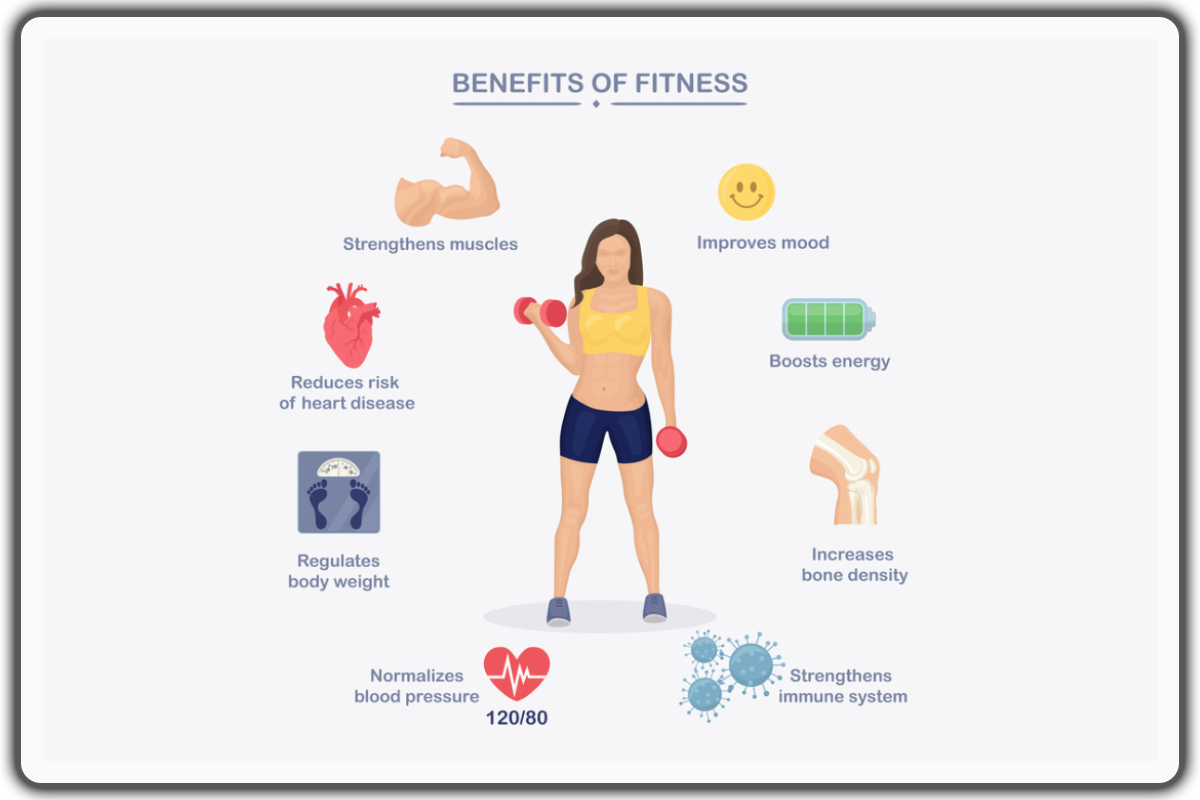
Step ups offer several key benefits for strengthening and shaping your glutes:
Muscle Building: Step ups, especially weighted step ups, significantly engage the gluteal muscles with each lift, increasing muscle mass and strength.
Tone and Shape: Regular performance of step ups can sculpt a more toned and then defined buttock shape, enhancing your overall silhouette.
Improved Stability: Strengthening your glutes through step ups enhances stability and balance, crucial for daily activities and sports.
Better Posture: Strong glutes support your lower back during the step up and other movements, promoting better posture and reducing back pain risks.
Increased Performance: Strong glutes boost performance in sports requiring running, jumping, or cycling, providing the necessary power for these activities.
Functional Fitness: Step ups mimic real-world movements like climbing stairs, making them an effective exercise for improving everyday functional fitness. This integration of the upper and lower body in the step up exercise ensures a comprehensive workout.
How to Perform Step-Ups properly
For this exercise, you can utilize a sturdy platform such as a plyometric box, stair, or bench.
Stand in front of a sturdy platform with your feet hip-width apart.
- Place your right foot firmly on the center of the platform.
- Engage your core.
Press through your right heel to lift your body onto the platform, bringing your left foot to meet your right foot then slowly step down with your left foot.
Perform the next step with the left foot leading first, alternating them throughout the exercise.
Repeat the movement.
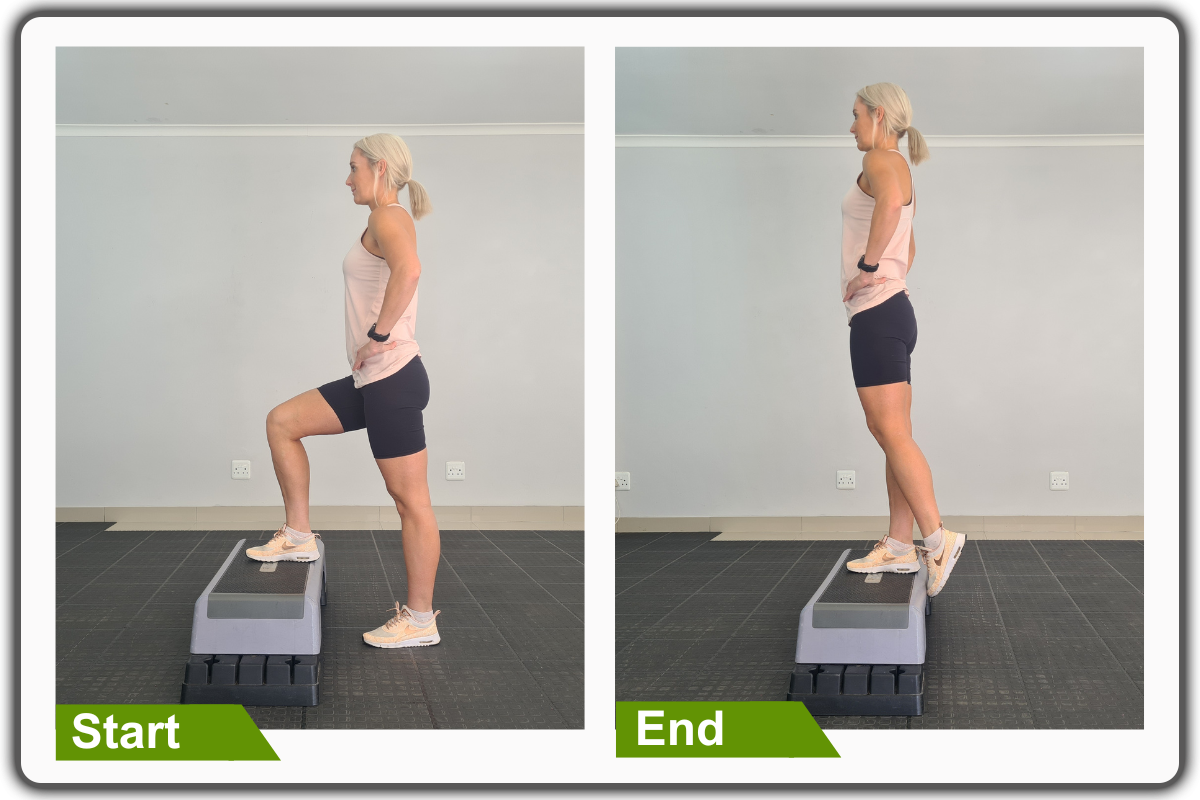
Alternative Exercises for Step-Ups
Before starting these alternative exercises, it’s important to warm up. A good warm-up [²] can make your glute muscles more effective, letting them generate more strength with less effort. This helps make your movements smoother and then more powerful during tough exercises.
Warm-up
Standing Leg Swing
For this exercise, you can use a chair or any sturdy support.
- Begin in an upright standing position beside a chair with your feet flat on the floor, maintaining good alignment with your head, shoulders, hips, and legs.
- Hold the back of a chair with one hand for balance and then contract your core.
Stand on one leg, keeping it slightly bent for stability.
Gently swing your free leg forward as high as you comfortably can, then swing it backward as far as your flexibility allows, keeping the motion controlled and your posture upright.
After that, return to the starting position and repeat the movement on the opposite leg.
Complete 5-10 swings on each leg.
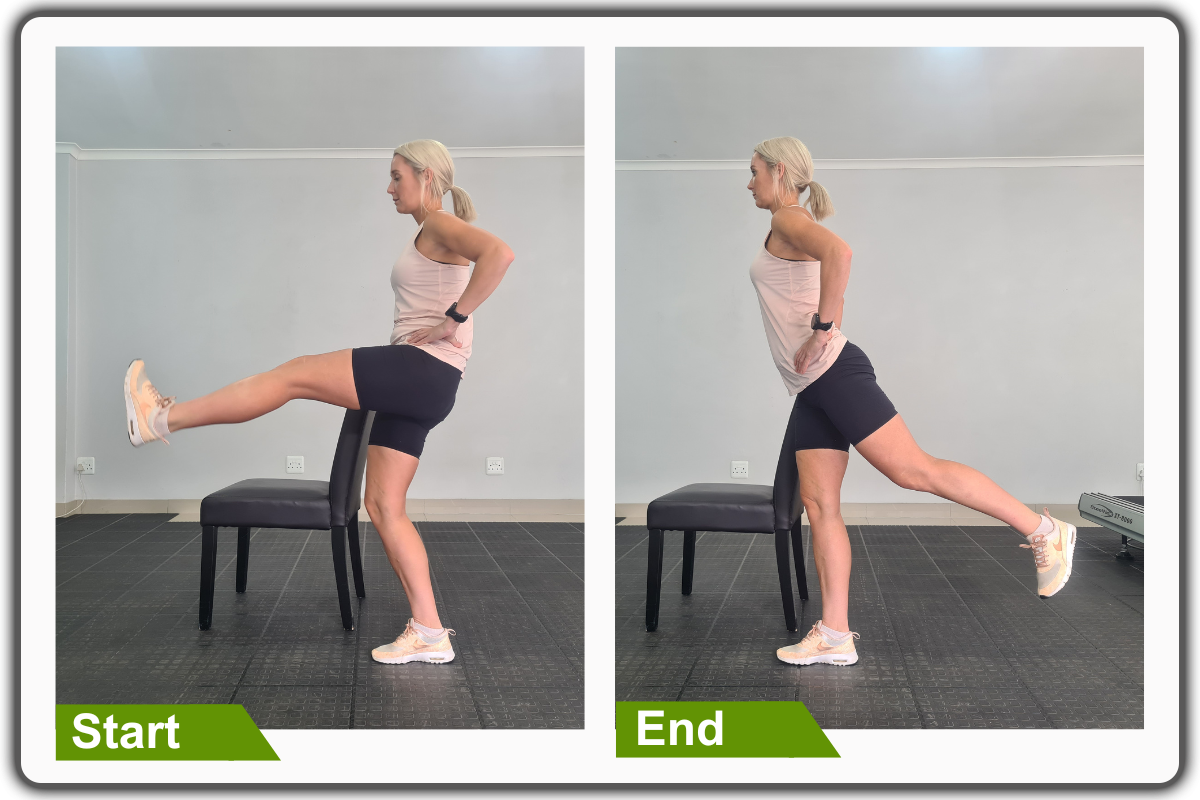
Routine
1. Forward Lunges
For this exercise, you can hold onto something stable like a countertop or place one hand against the wall for balance if needed.
- Begin in an upright standing position with your feet hip-width apart, maintaining good alignment with your head, shoulders, and then hips.
- Take a big step back with one foot and engage your core.
Lower your back knee towards the floor, keeping your toes pointing straight ahead.
Return to the starting position and then repeat the movement.
After several repetitions, repeat the movement on the opposite side.
Start with 1 set of 12 repetitions on each side.
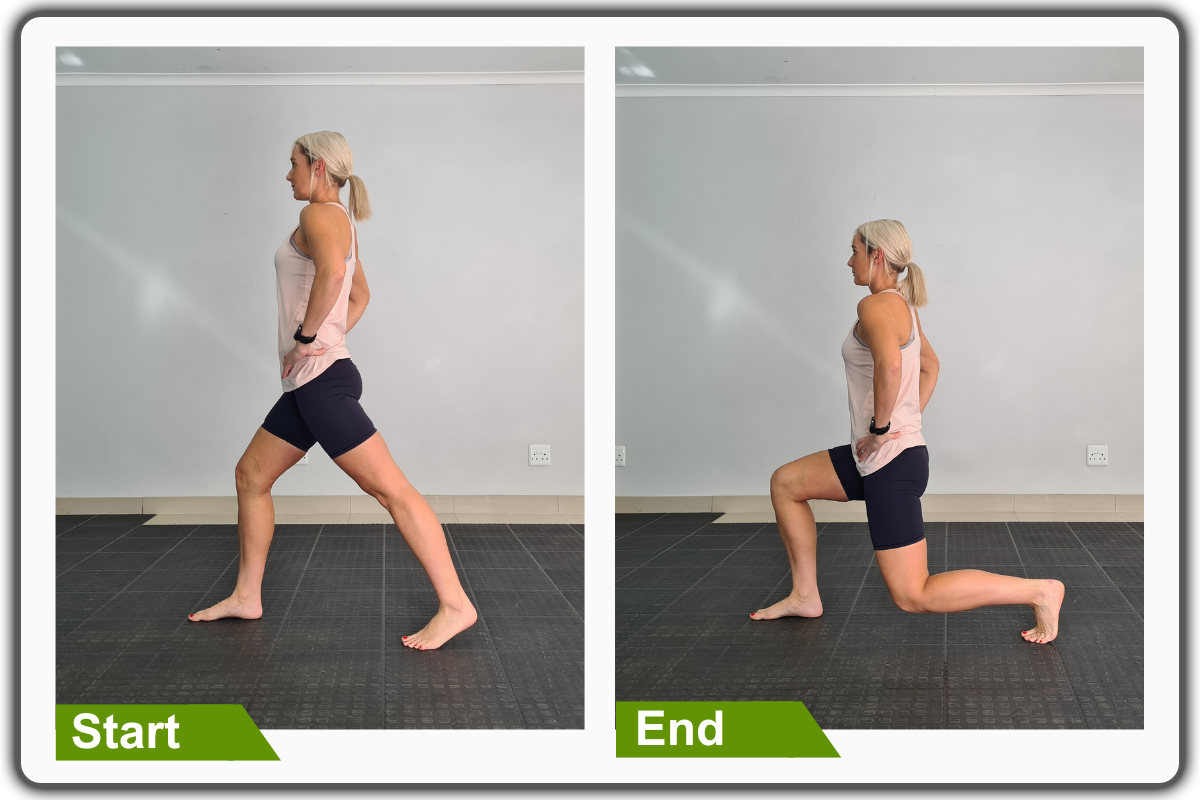
2. Bodyweight Squats
- Begin in an upright standing position with your feet wider than shoulder-width apart, maintaining good alignment with your head, shoulders, hips, and legs.
- Place your hands on your hips and engage your core.
Hinge through your hips to move into a squat position while keeping your back straight and chest up.
Return to the starting position and then repeat the movement.
Complete 10 repetitions.
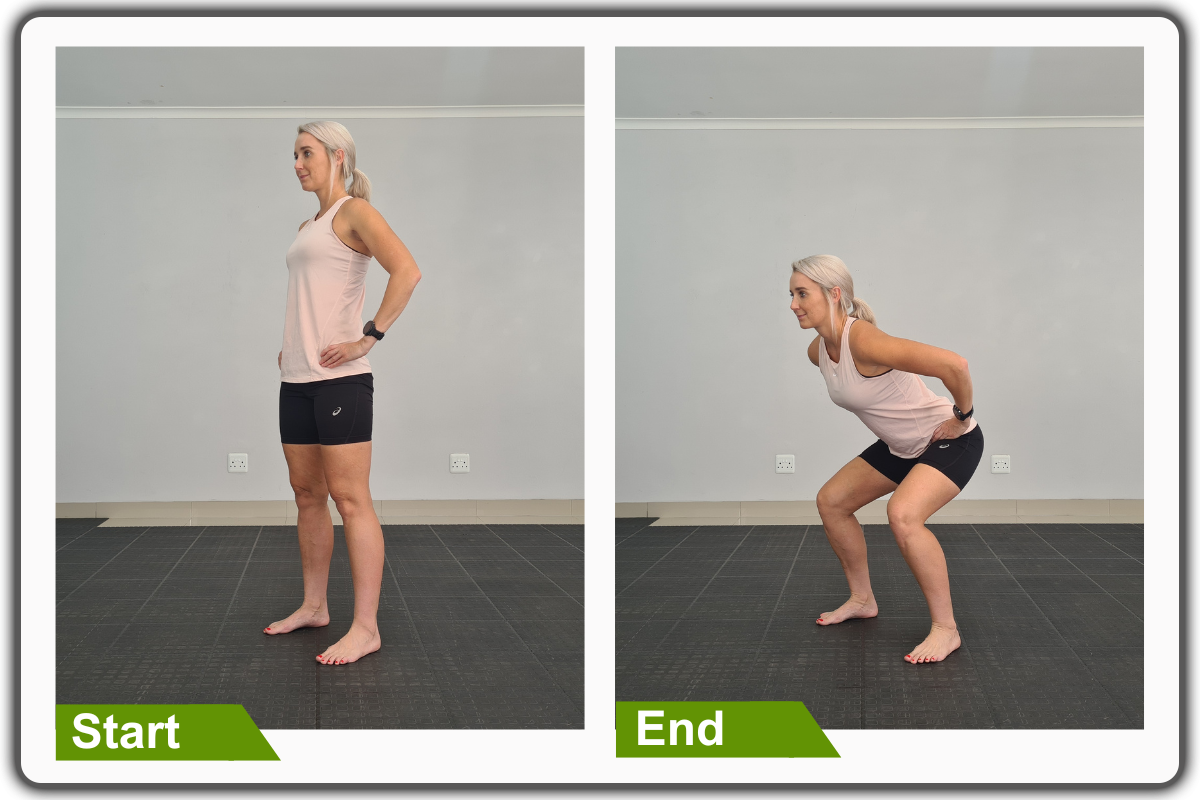
3. Box Jumps
- Begin with a sturdy box or platform in front of you.
Stand with your feet hip-width apart.
Soften your knees and then engage your core.
Push your hips back into a squat position and swing your arms back to build momentum.
Jump onto the box with both feet, pushing through the balls of your feet.
Land softly and then step back down carefully.
Repeat the movement.
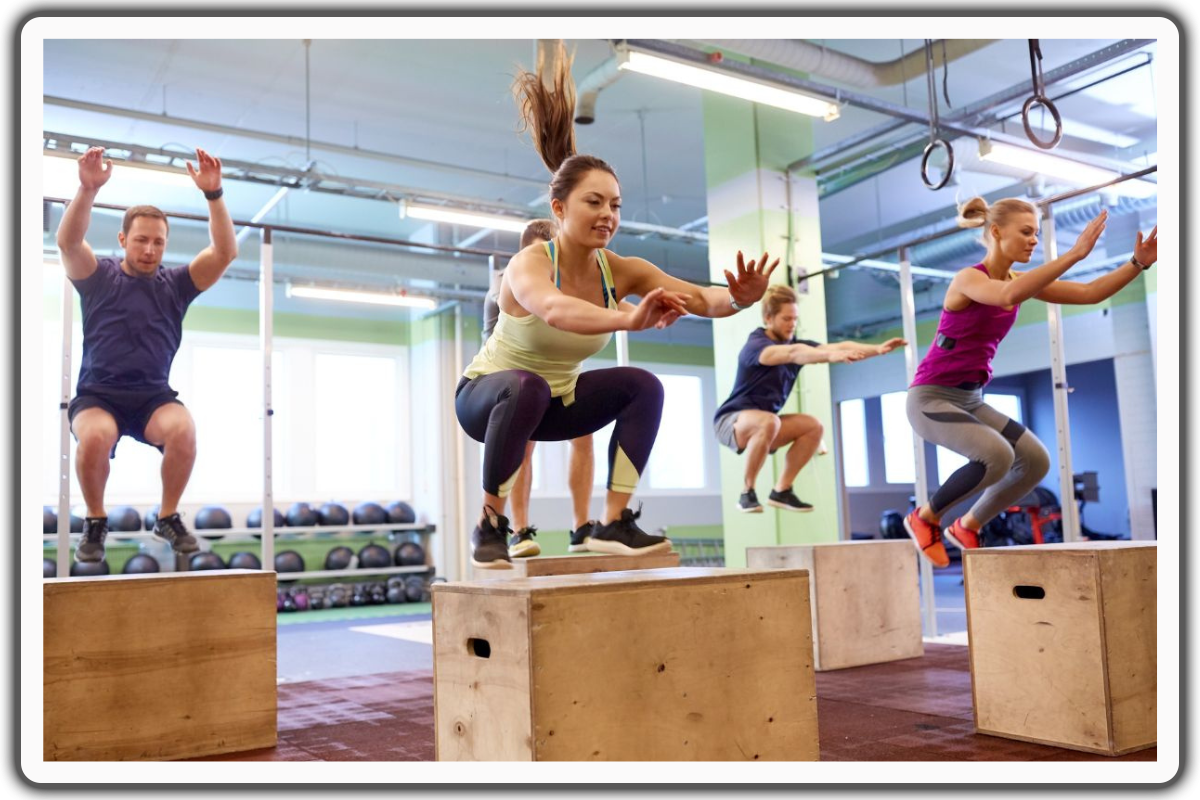
4. Bridge Pose
- Lie on your back with your knees bent and your feet flat on the floor, relaxing your upper body.
Place your arms at your side with your palms facing down.
Contract your abdominal area, then push from your heels to lift your hips.
Maintain good alignment with your head, shoulders, hips, and then knees.
Hold this position for several deep belly breaths, in through your nose and out through your mouth.
Relax and return to the starting position.
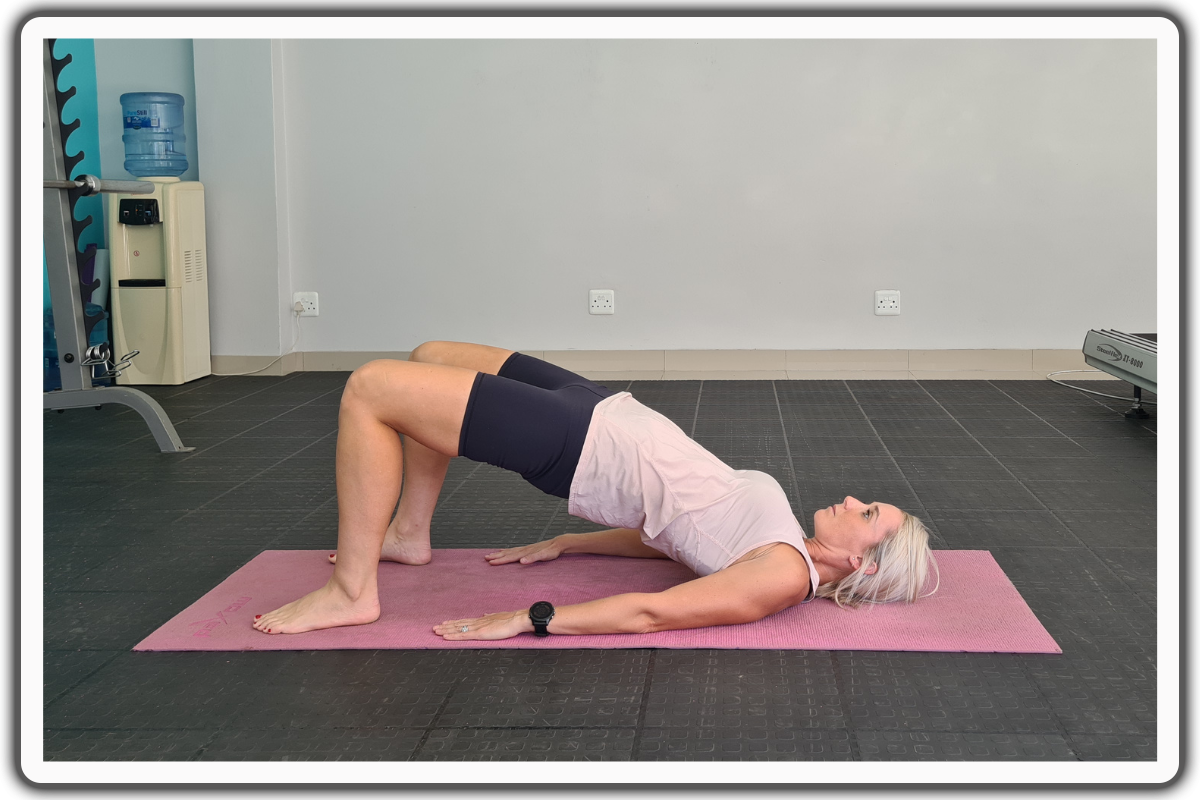
Conclusion
A certified personal trainer would recommend the step up exercise as a comprehensive workout that effectively targets both the lower and upper body. Weighted step ups enhance this effect, intensifying the work your muscles undertake during the routine.
Incorporating step ups into your fitness regimen ensures you're not only building lower body strength but also engaging your upper body, resulting in balanced muscle development and then increased overall fitness.
Frequently Asked Questions
What equipment is needed to perform step ups at home?
To perform step ups at home, you'll need a sturdy step or bench. Optionally, you can use dumbbells or a resistance band for added intensity. Make sure your equipment is stable and supports your weight safely.
How can I increase the intensity of my step ups over time?
To increase the intensity of step ups, add weights like dumbbells or a weighted vest, increase the step height, or speed up your pace. You can also try adding more repetitions or sets to your routine.
What are step-ups good for?
Step-ups strengthen your legs and glutes, improve balance, and boost cardiovascular health. They're also great for increasing your overall fitness and can be done anywhere with a step or bench.
References:
- Anders, M. (n.d.). Glutes to the Max. American Council on Exercise. Retrieved from https://static.julinse.com/m/7ebeb59b49551464.pdf
- Parr, M., Price, P. D., & Cleather, D. J. (2017). Effect of a gluteal activation warm-up on explosive exercise performance. BMJ Open Sport & Exercise Medicine, 3(1), e000245. https://doi.org/10.1136/bmjsem-2017-000245
